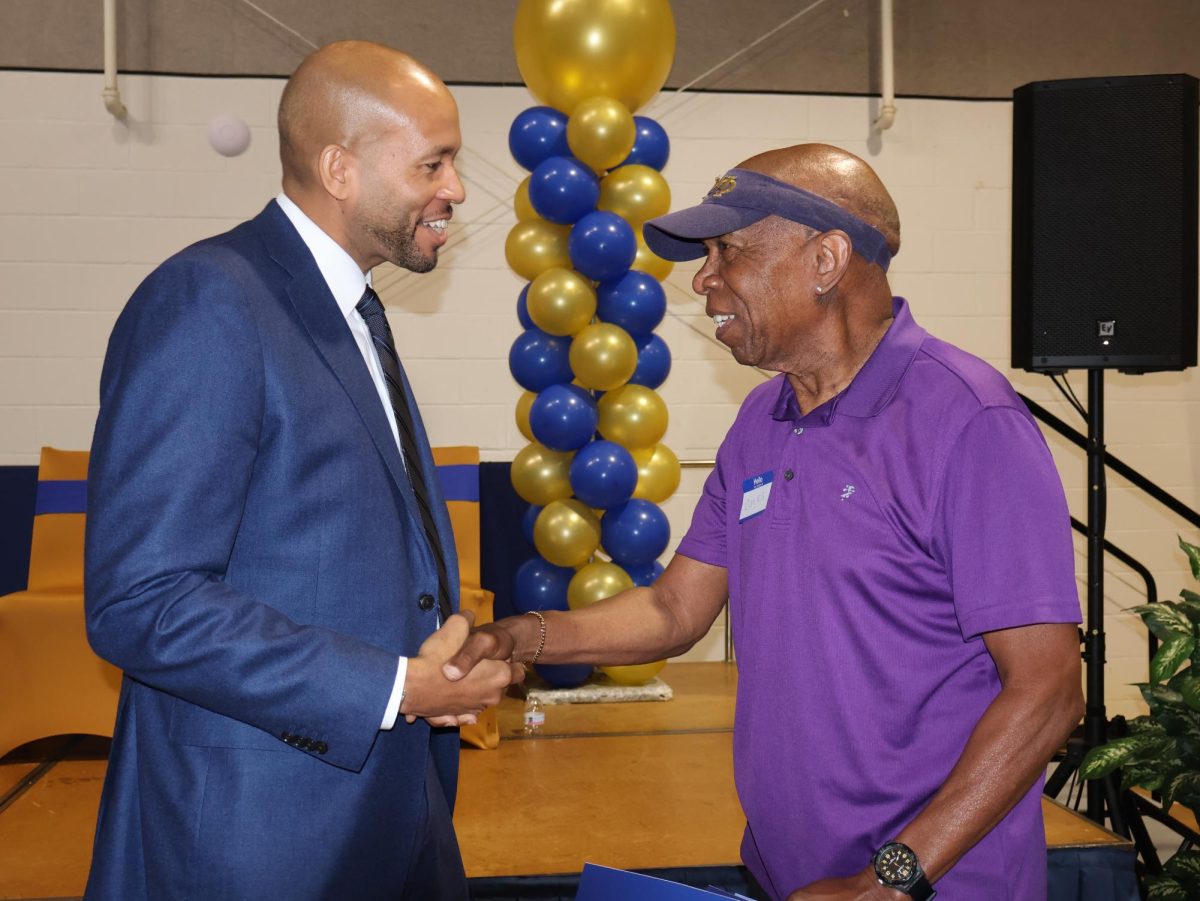There are a few names that have fallen into the nation’s spotlight recently: Tyrell Cameron, Ben Hamm, Evan Murray and Kenney Bui. That’s because they’re the names of high school football players who’ve died in the 2015 fall season.
Cameron broke his neck on a punt return. Hamm suffered a head injury and died after surgery. Murray succumbed to massive internal bleeding from a lacerated spleen after a hard tackle and died in the ambulance. Bui suffered a concussion in early September and died of blunt-force trauma three days after an October game.
According to the National Center for Catastrophic Sport Injury Research, there have been only two high school seasons without a death since 1982 (1990-1991 and 1994-1995).
These numbers are causing many schools to reconsider the existence of their football programs. According to the NCCSIR, over 811 high school football players have had serious injuries since 1982, and 131 of these have resulted in death. Despite innovations in football gear and rules, there has been an increase in football-related injuries in teenagers, including concussions, broken bones, torn ligaments and internal bleeding.
These injuries and deaths have resulted in fewer students trying out for football teams and limited numbers of players available during the season. Although there are no exact statistics of schools having shut down their programs, a few schools have publicly cut their teams. Maplewood Richmond Heights High School in Missouri disbanded its team over safety concerns. Ridgefield Memorial High School in New Jersey cut its football program this season because only 13 students tried out. Camden Hills Regional High School in Maine announced in September it would cancel the last five games of its season because most of its upperclassmen players had been injured, leaving only inexperienced players able to play.
High School teams aren’t the only ones seeing cuts. According to the New York Times, Pop Warner, the largest youth football organization in the United States, has suffered an even greater decline in teams. It is being sued by the family of a 25-year-old player who killed himself in 2012, and who was later found to have had chronic traumatic encephalopathy, a degenerative brain disease that has been linked to repeated hits in the head. The family claims Pop Warner failed to warn players or train coaches about the dangers of head trauma.
A study by the Department of Veterans Affairs and Boston University has identified that CTE is found in 79 percent of football players and in 96 percent of NFL players they examined. They studied 165 individuals who had played football at levels, ranging from high school to professional, before their deaths. The players then donated their brains to science because the disease can be definitively identified post mortem.
While college and professional football is still popular in the United States, the participation of male football players in high school has decreased 2.4 percent in the last five years, and is currently at 1.08 million participants, according to the National Federation of State High School Associations. The National Federation is the body that sets national rules of competition for high school sports in the United States.
The declining youth participation rates are beginning to worry the NFL. The league donated a large sum of money to USA Football, the non-profit national governing body for amateur football in the United States, in order to train coaches and promote safe-tackling programs. In response, youth leagues and high schools have followed the organization’s lead and reduced contact in practice. While this is an important step, a majority of the serious injuries still occur in games. NFL Commissioner Roger Goodell released an open letter advocating safety on Oct. 1.
The Georgia High School Association has followed the NFL’s lead and has implemented safe-tackling rules for participating high school football programs. Grady’s head football coach Earthwind Moreland follows these safety regulations when running practices.
“GHSA has said that you can’t hit three consecutive days, and you can only have contact two days for 30 minutes, as opposed to sometimes in the past just letting the coaches handle their practice how they saw fit,” Moreland said.
There are certain steps coaches must take when a player is injured. Moreland explained, that as a coach, he is responsible for sending his players through the correct channels.
“If an injury happens during a game, we take their helmets so they won’t go back out there,” Moreland said. “They have to see a certified person, not even myself can say ‘Hey you’re okay go back out there.’ A physician has to clear them, and if they’re initially deemed unfit, then they have to go through a battery of tests before they can go back out on the field.”
These policies are in response to problems with coaches allowing players to play with injuries because they are unable to correctly diagnose the symptoms of injuries and are unwilling to remove players.
With these injuries gaining attention, more kids are taking up non-contact sports. The popularity of football could be in trouble if this trend continues.
“I really feel that for some of those programs, it’s more money issues than the injuries,” Moreland said. “You look at sports like cheerleading and hockey, which have just as many injuries but they aren’t reported as much because football is looked at as a barbaric sport.”






